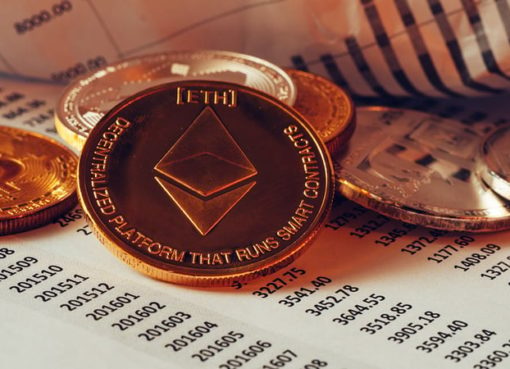Place/Date: – December 17th, 2022 at 7:34 am UTC · 3 min read
Source: Snowfall Protocol
The unpredictability of crypto markets continues to confound crypto investors. At a time when most of the crypto world is receding, including some of the biggest tokens like Dai (DAI) and ApeCoin (APE), the newcomer Snowfall Protocol (SNW) is hitting record highs every week. Even as other tokens are losing their market caps routinely, Snowfall Protocol (SNW) is raising more funds at a breakneck pace. Here’s how Snowfall Protocol (SNW) is performing compared to other tokens.
Dai (DAI)
Dai (DAI) is a stablecoin issued and managed by Maker Protocol. Dai is soft-pegged to the USD by collateralizing a bouquet of cryptocurrencies deposited into smart contracts every time Dai is minted. Despite some major hiccups in its earlier days, Dai has remained stable despite the turmoil in crypto markets. The fact that a decentralized organization manages Dai gives users and businesses more confidence in Dai.
However, the shocking collapse of Terra earlier this year has had a predictable impact on stablecoins like Dai. If Terra can fall, so can others. For this reason, Dai’s market cap has dropped from its all-time high of $10 billion to just under $6 billion. Bearish forces continue to pummel Dai’s market cap lower. Even the latest news of Dai relaunching its flagship 1% fixed yield did not gather enough momentum to change the tide. So, investors may think twice before funneling their money into Dai for long-term savings or just to stay above the bearish trends. You never know when things might go south.
ApeCoin (APE)
ApeCoin (APE) is the native token of the Ape ecosystem. ApeCoin is primarily used to incentivize ecosystem stakeholders like to utilize the platform and its resources for building dapps, creating smart contracts, and so on. To increase its utility, ApeCoin recently launched staking on its platform. The launch was followed by passionate buying from ApeCoin’s fans, but the buying activity subsided almost as quickly as it began.
Although ApeCoin is not on the verge of a collapse, things aren’t looking up either. Despite being the official partner of NFT projects like Bored Ape Yacht Club, ApeCoin is struggling to maintain its price, which has already fallen by 85% of its all-time-high value. There’s no doubt that ApeCoin is currently a risky asset.
Snowfall Protocol (SNW)
Snowfall Protocol (SNW) is a new crypto in business and intends to shatter the technical barriers preventing users from moving their assets and funds between blockchains. Snowfall Protocol (SNW) users would soon be able to use the token to move their assets between multiple blockchains. Interestingly, Snowfall Protocol (SNW) supports both EVM and non-EVM chains for its multichain bridge which connects different blockchains. Snowfall’s massive potential has already won the founders over $3 million in funding in just two stages of sales. The ongoing stage 3 sale has marked a high point for Snowfall Protocol (SNW), as the token has appreciated by 250% compared to its stage 2 value.
Snowfall Protocol (SNW) has already launched a beta dapp to give users a sneak peek into what’s to come. What’s even more impressive than the meteoric rise of Snowfall Protocol (SNW) so far is what’s coming next. Investors expect the token to grow by 5,000% as early as January 2023.
Learn more about Snowfall protocol in the following links: Presale, Website, Telegram, Twitter.
Disclaimer: Coinspeaker is not responsible for the trustworthiness, quality, accuracy of any materials on this page. We recommend you conduct research on your own before taking any decisions related to the products/companies presented in this article. Coinspeaker is not liable for any loss that can be caused due to your use of any services or goods presented in the press release.




